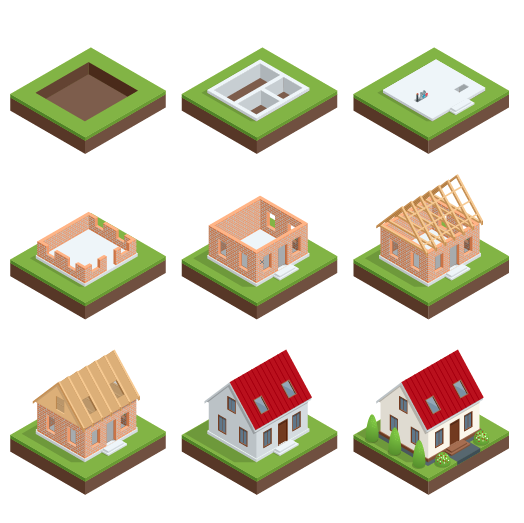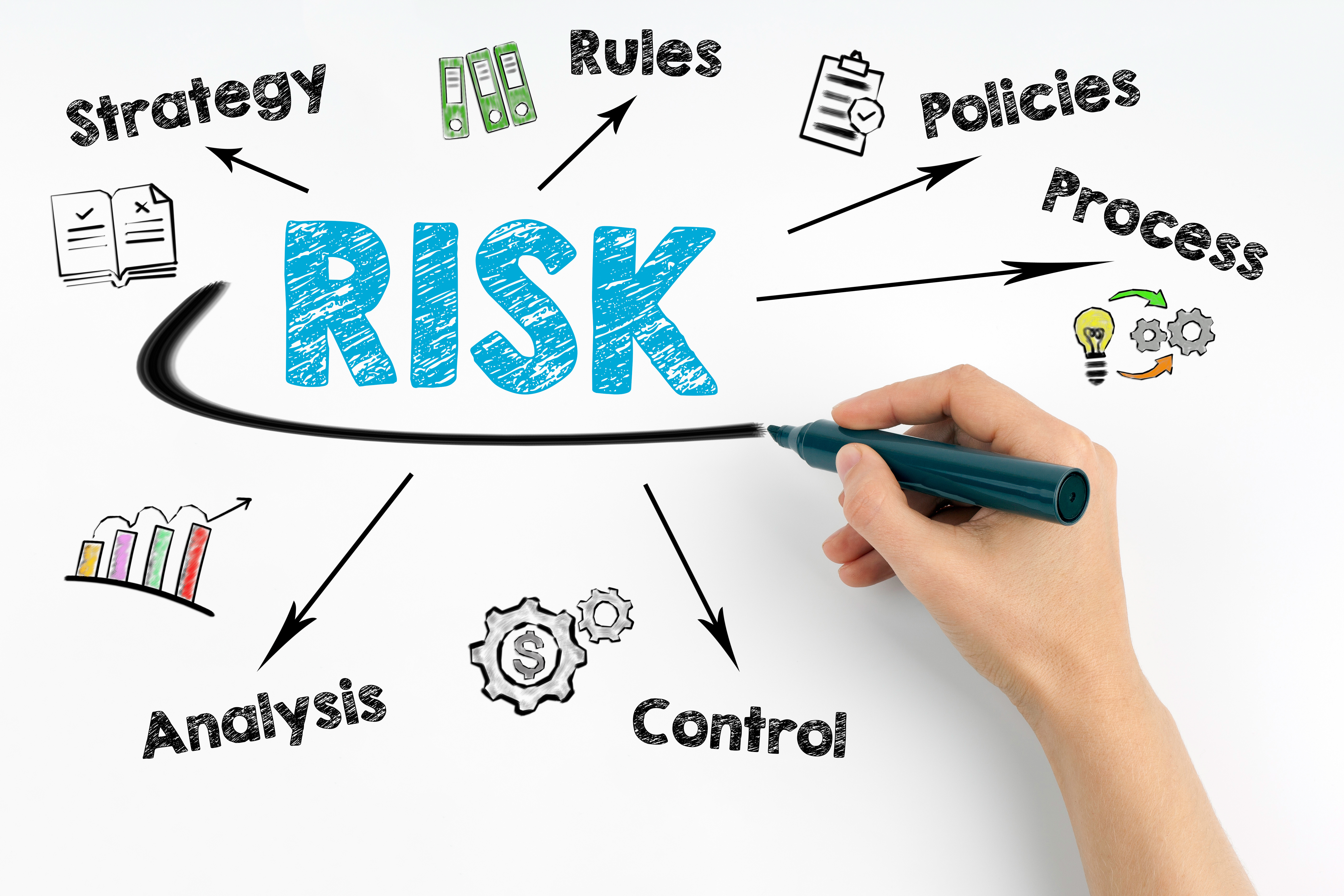 Is another recession on the horizon? Has the housing market peaked? Are home prices about to tank? As we head into the 2019 Spring sales season, these are some of the most pressing questions on home builders’ minds.
Is another recession on the horizon? Has the housing market peaked? Are home prices about to tank? As we head into the 2019 Spring sales season, these are some of the most pressing questions on home builders’ minds.
Market conditions can pose a risk for any business owner, but it’s especially true for builders, who make a high-stakes wager each time they start a new project. With burgeoning upfront costs and slimming profit margins, most builders can’t afford to be blindsided by a sudden shift in the housing market. That’s why the most successful home builders are those who constantly evaluate market risks and adjust their strategic goals accordingly.
Market conditions pose some of the most volatile and potentially devastating risks in a home builder’s risk management landscape. How can builders stay on top of identifying and evaluating these risks?
- Monitor market conditions
Rising interest rates, shifting demand, price appreciation and where we’re at in the current housing cycle are just a few of the constantly changing factors that can affect builders. Performing a detailed market analysis is an important step in any construction project—but when it comes to home builder risk management, a one-time analysis isn’t enough. Builders need to constantly monitor fluctuating market conditions if they want to stay on top of a changing risk landscape.
That means tracking key market and economic indicators such as:
- Interest rates
- Home sales
- Price indices
- NAHB’s Housing Market Index
Evaluating the market locally and nationally by monitoring interest rates and other economic trends can help determine the number of homes to build.
- Create a risk evaluation table
As you monitor the housing market for potential issues, you need a mechanism for evaluating and prioritizing risks as they arise. You can calculate your risk level using a simple formula: risk level = likelihood x impact. First you need to assign a numerical value to both the likelihood that the risk will occur and how severely it would affect your company. For example:

Likelihood
- Very likely (4): Occurs more than once a year
- Likely (3): Occurs about once a year
- Unlikely (2): Occurs every 10 years or
- Very unlikely (1): Has only occurred once
Impact
- Severe (4): Financial losses greater than $50,000
- High (3): Financial losses between $10,000 and $50,000
- Moderate (2): Financial losses between $1,000 and $10,000
- Low (1): Financial losses less than $1,000
These are just sample numbers—replace them with values that make sense for your company. As you evaluate each risk, plug the scores into the formula above to determine the overall risk rating. A risk with a high rating requires immediate corrective action, while a low rating means no action is needed. This can be a powerful quantitative tool to help guide strategic decision making.
- Conduct regular risk evaluation meetings
In a recent study on construction risk management, nine in 10 home builders cited increased collaboration as the key to mitigating future risks. The report found a distinct link between regular team meetings and improved project outcomes.
“The most effective risk evaluation strategies, according to the study, are regular meetings with the full project team focused on risk and the development of a plan to manage risk,” says Dodge Data & Analytics, which conducted the study. “Both practices help increase project performance reliability, maintain project quality and improve project safety.”
Because housing markets can be volatile and construction risks are a constantly moving target, regular meetings help your team keep a finger on the pulse of changes in market conditions that could affect your company’s risk level. Bringing a variety voices and perspectives to the table offers the added benefit of allowing you to draw upon multiple areas of expertise when evaluating your company’s risk landscape.
One form of collaboration that can make a significant difference in risk evaluation and management is a partnership with a third-party home builder warranty provider. By mitigating risks associated with construction defects while improving home builder reputation management through expert handling of homeowner complaints, a builder home warranty company such as PWSC can alleviate a large portion of a company’s risk management needs. That frees builders up to focus on other important factors—like evaluating ever-changing market risks.




